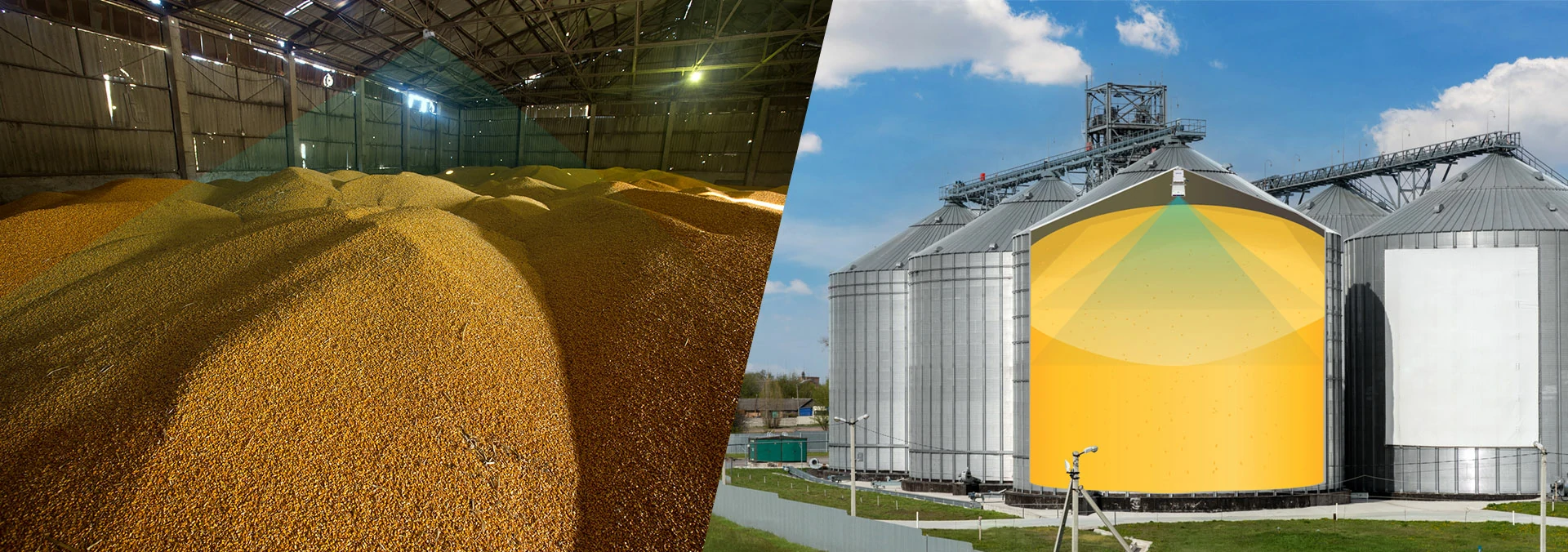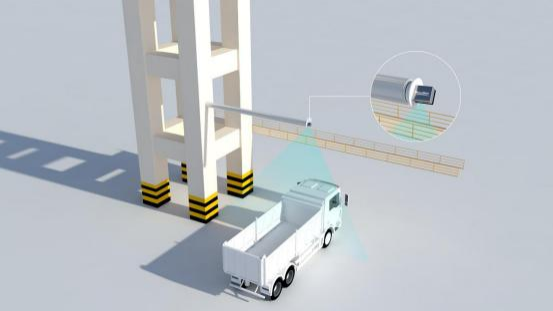
What are How To Measure The Volume Of A Pool?
Measuring the volume of a pool is essential for maintaining proper chemical balance and ensuring accurate dosing of chemicals. To measure the volume of a pool, you can use a few different methods. One common method is to calculate the volume based on the pool's dimensions - length, width, and depth. This involves multiplying these measurements together to get the total volume in cubic feet or meters. Another method is to use a water displacement technique, where you fill the pool to a certain level and then measure the amount of water added to reach that level. By accurately measuring the volume of a pool, you can ensure that it is properly maintained and safe for swimming.
Why are How To Measure The Volume Of A Pool Important?
Understanding how to measure the volume of a pool is important for several reasons. Firstly, it allows pool owners to accurately dose chemicals such as chlorine and pH adjusters, ensuring the water remains safe and clean for swimmers. Additionally, knowing the volume of a pool is essential for proper maintenance and filtration system sizing. It also helps in calculating water usage and costs, as well as determining the amount of heat needed to maintain a comfortable swimming temperature. In summary, measuring the volume of a pool is crucial for maintaining water quality, efficient operation, and cost-effective management.
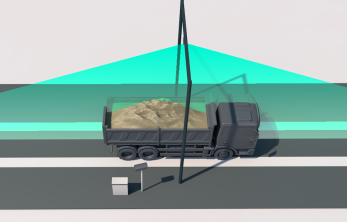
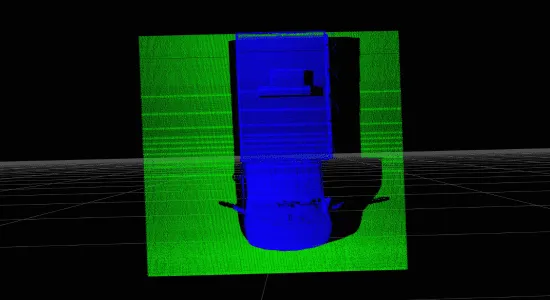
Technologies Used in How To Measure The Volume Of A Pool
Technologies used in measuring the volume of a pool include sonar devices, laser measurement tools, and 3D modeling software. Sonar devices use sound waves to calculate the depth of the pool, while laser measurement tools can provide accurate measurements of the pool's dimensions. 3D modeling software allows for precise calculations of irregularly shaped pools. These technologies help pool owners and professionals accurately determine the volume of a pool, which is essential for proper maintenance and chemical treatment. In conclusion, the use of advanced technologies in measuring pool volume ensures accuracy and efficiency in maintaining pool water quality.
Recent Advancements in How To Measure The Volume Of A Pool
Recent advancements in how to measure the volume of a pool have revolutionized the way pool owners and professionals accurately determine the amount of water in a pool. Traditional methods such as using formulas based on the pool's dimensions are being replaced by innovative technologies like 3D scanning and computer modeling. These advanced techniques provide more precise measurements by taking into account irregular shapes and depths of pools, resulting in more efficient maintenance and chemical dosing. Overall, these advancements have made it easier for pool owners to maintain their pools and ensure optimal water quality. Brief answer: Recent advancements in how to measure the volume of a pool include technologies like 3D scanning and computer modeling, which provide more accurate measurements and improve pool maintenance efficiency.
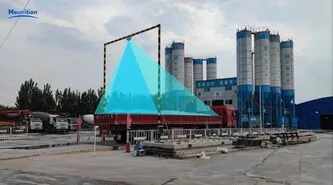
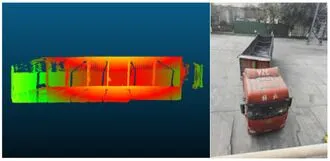
Application Areas of How To Measure The Volume Of A Pool
The application areas of "How To Measure The Volume Of A Pool" are vast and varied. This knowledge is essential for pool owners, maintenance professionals, and designers to accurately determine the amount of water needed to fill or refill a pool, calculate chemical dosages for proper water treatment, and ensure the pool's capacity meets safety regulations. Additionally, this information is valuable for construction companies to estimate materials required for building new pools and for insurance companies to assess property value and coverage. In summary, understanding how to measure the volume of a pool is crucial for efficient pool management, maintenance, and planning in various industries.
Neuvition Volume Measurement Solution
Neuvition offers a comprehensive volume measurement solution designed to meet the needs of various industries, including truck, warehouse, and outdoor pile measurement. Our solutions leverage advanced technologies to provide accurate, reliable, and cost-effective volume measurement data, enabling businesses to optimize their operations and make data-driven decisions.
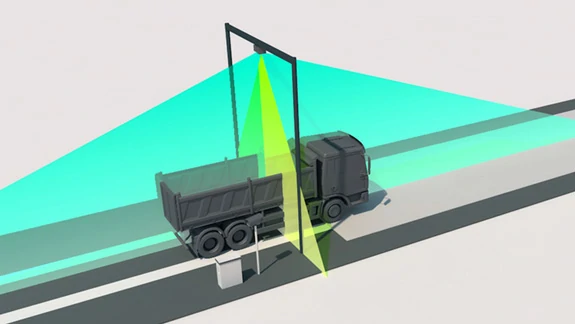
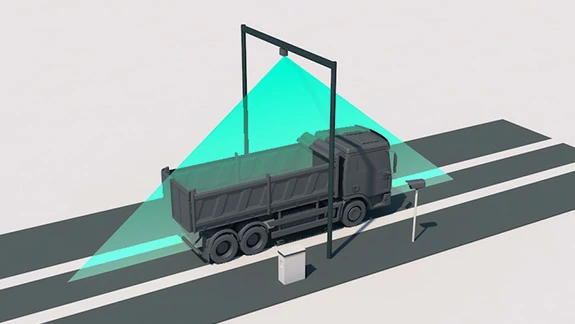
Neuvition Single Line LiDAR Solutions
Neuvition's Single Line LiDAR solutions, including the Titan M1 SL, Titan P1, and Titan W1 with PTZ, are designed to provide accurate and efficient volume measurement in various applications. These solutions combine high-resolution laser scanning with advanced software to deliver precise data and user-friendly interfaces, making volume measurement more accessible and effective than ever before.
FAQ






Contact Us
If you have any questions or suggestions, please leave a message, we will get in touch with you within 24 hours!
